York is a living museum in which medieval history is brought to life on every cobbled street and within its ancient walls. This remarkable English city offers visitors a genuine connection to the Middle Ages through its impeccably preserved architecture, interactive exhibits, and time-honored traditions.
The layers of history run deep in York, from Roman beginnings to Viking conquests and medieval prosperity. The following is a list of 20 thrilling things that will transport you back to medieval times in this old city.
Walk the City Walls
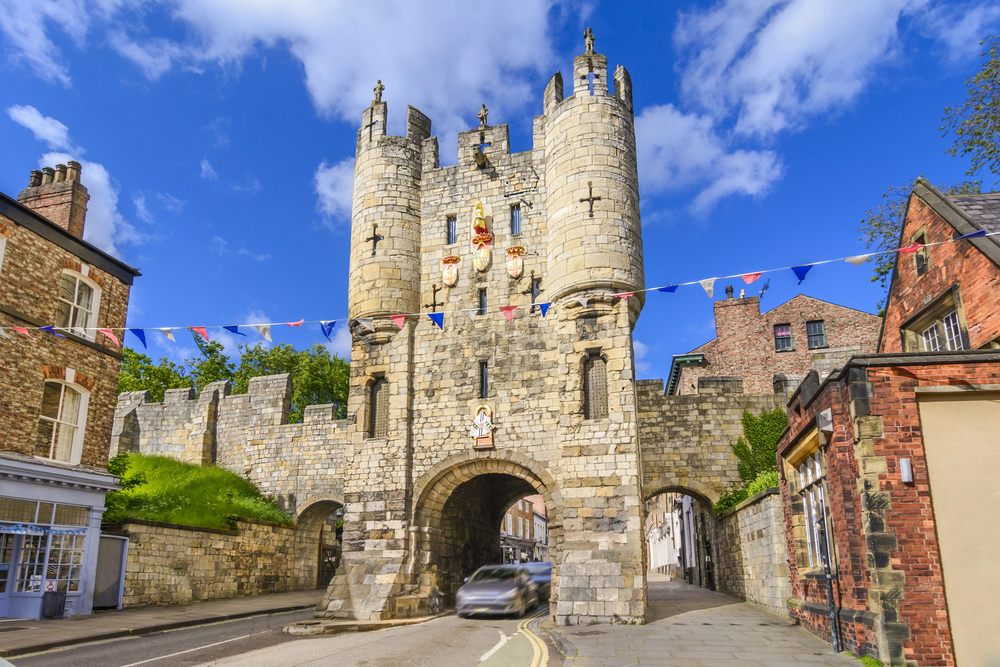
York boasts the most complete medieval city walls in England – stretching nearly 2 miles around the historic city center. These impressive fortifications offer spectacular views while following the same path laid out by Roman legions almost 2,000 years ago.
The walls feature four main gatehouses called ‘bars’ – Bootham Bar, Monk Bar, Walmgate Bar, and Micklegate Bar – each with its unique architectural features dating from various construction periods throughout the medieval era.
Explore York Minster
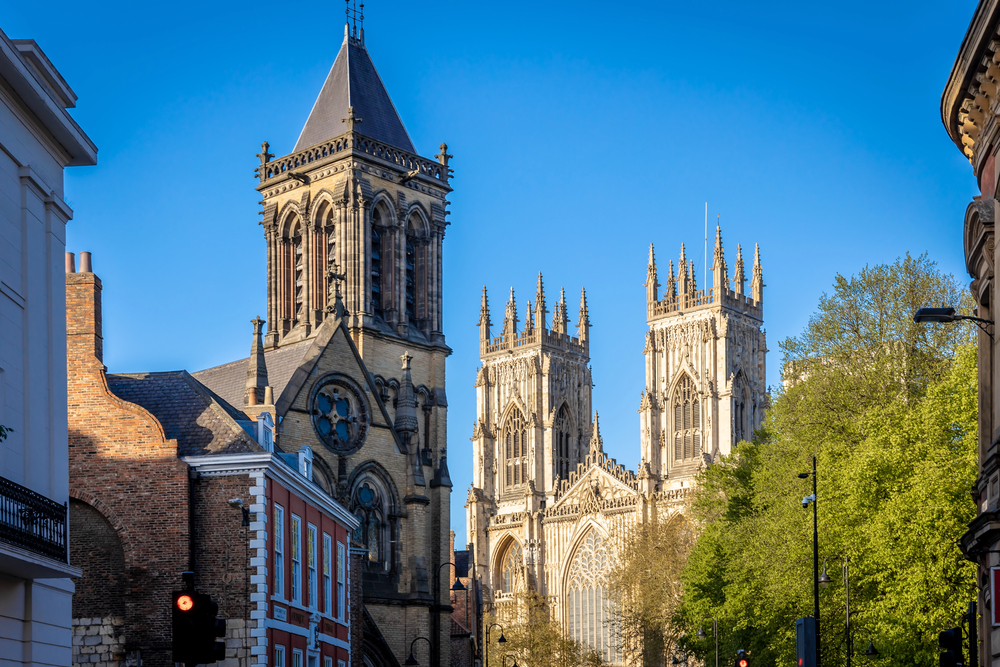
The magnificent York Minster dominates the cityscape just as it did centuries ago – serving as the ecclesiastical heart of northern England since medieval times. This breathtaking Gothic cathedral wasn’t completed overnight; it took over 250 years of construction and contains what’s widely considered the largest collection of medieval stained glass in existence.
The Great East Window alone comprises 117 panels depicting biblical narratives – crafted by master glazier John Thornton between 1405 and 1408 using techniques that modern artisans still study today.
Like Travel Pug’s content? Follow us on MSN.
Get Lost in The Shambles
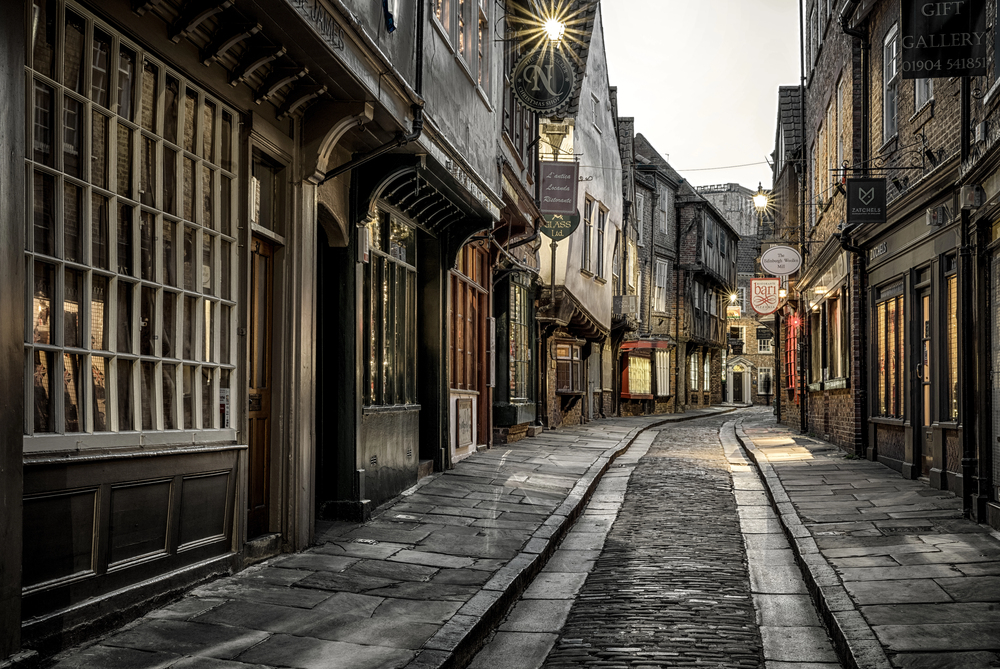
The Shambles represents one of Europe’s best-preserved medieval shopping streets – where overhanging timber-framed buildings lean toward each other, nearly touching across the narrow lane. Once home to York’s butchers, you’ll still notice the wide window sills where meat was displayed and hooks where animal carcasses hung centuries ago.
Today’s charming shops occupy the same spaces where merchants have traded continuously since the 14th century, though the goods for sale have certainly changed.
Visit the Merchant Adventurers’ Hall
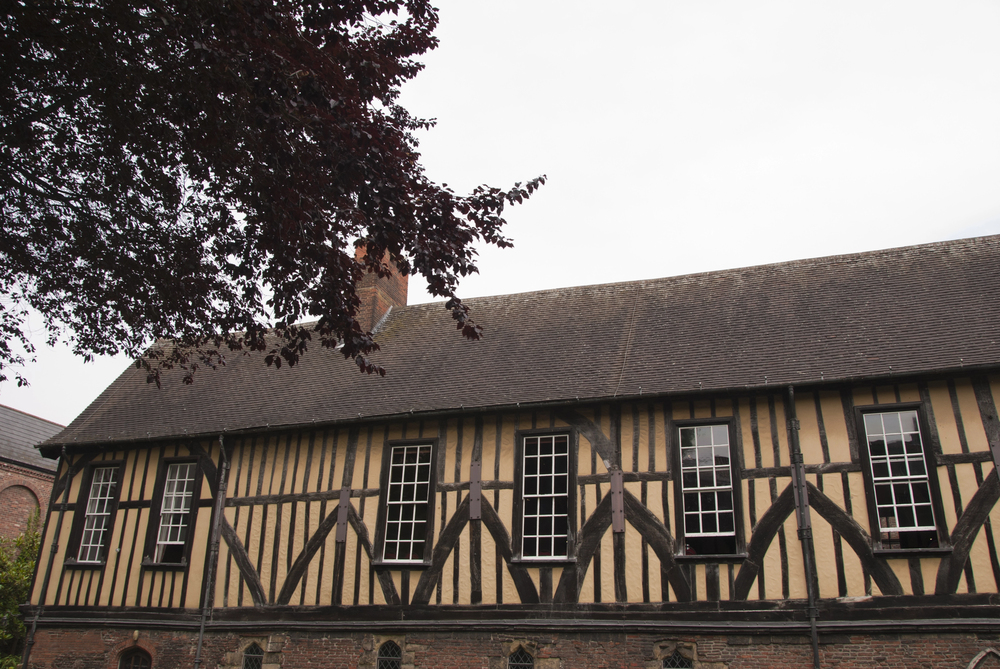
This magnificent timber-framed building served as the commercial headquarters for York’s medieval merchants – remaining one of Britain’s finest examples of non-ecclesiastical medieval architecture. Constructed in 1357, the hall encompasses a stunning Great Hall where business transactions occurred, an undercroft that functioned as an almshouse for people with low incomes, and a chapel where guild members sought divine favor for their commercial ventures.
It hasn’t lost its original purpose either – the building continues to function as a working guild hall to this day.
Attend the Mystery Plays
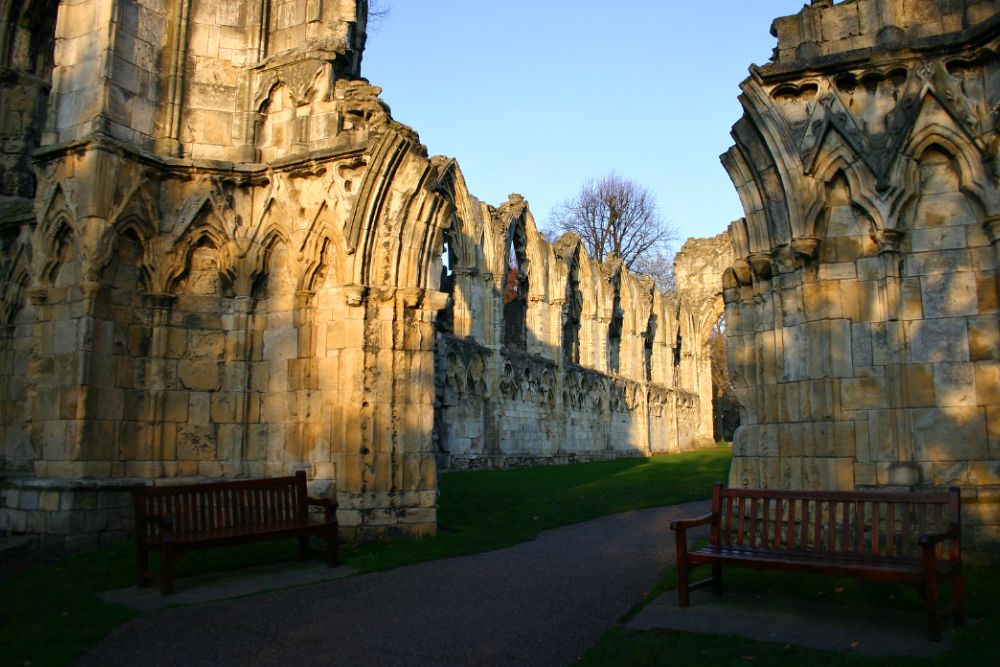
York’s Mystery Plays represent a theatrical tradition dating to the 14th century – when local craft guilds performed biblical stories on wagon stages throughout the city streets. These medieval dramas weren’t merely entertainment; they combined religious instruction with performance art and weren’t staged by professional actors but by ordinary citizens.
Though now produced less frequently, today’s performances remain remarkably faithful to their medieval origins – utilizing similar staging techniques and preserving much of the original Middle English dialogue where comprehension allows.
Like Travel Pug’s content? Follow us on MSN.
Discover Barley Hall
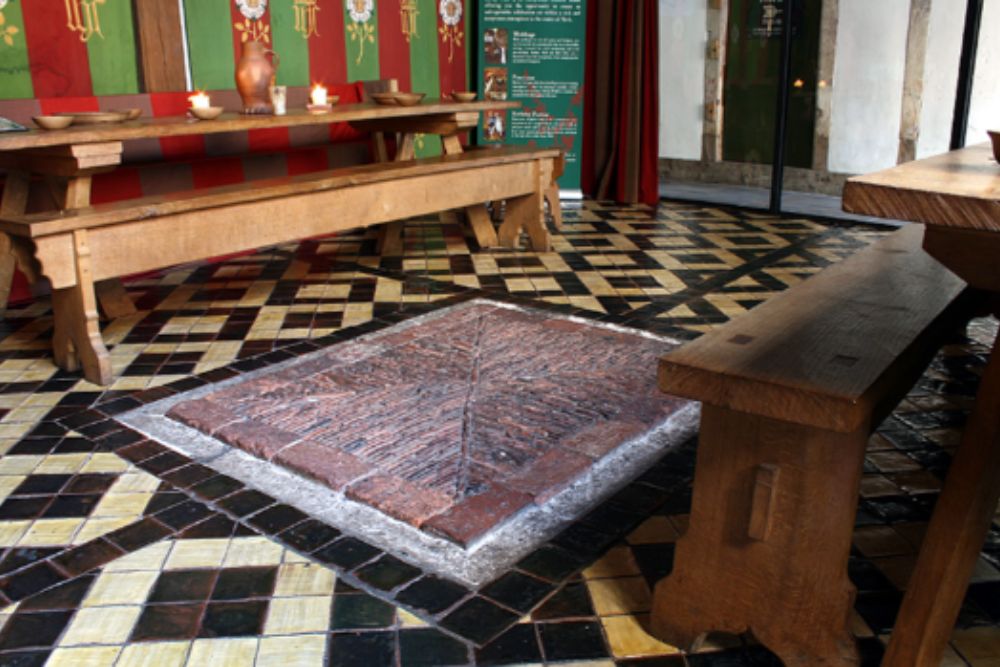
Hidden down a narrow medieval alleyway, Barley Hall remained concealed for centuries beneath later architectural additions until its unexpected rediscovery in the 1980s led to painstaking restoration. This remarkable medieval townhouse once belonged to William Snawsell, a goldsmith and Lord Mayor of York, during the late 15th century.
The hall hasn’t been merely preserved; it’s been meticulously reconstructed to demonstrate how a prosperous family lived during the late medieval period. It is complete with period-appropriate furnishings and interactive exhibits that don’t sacrifice historical accuracy.
Cross Clifford’s Tower
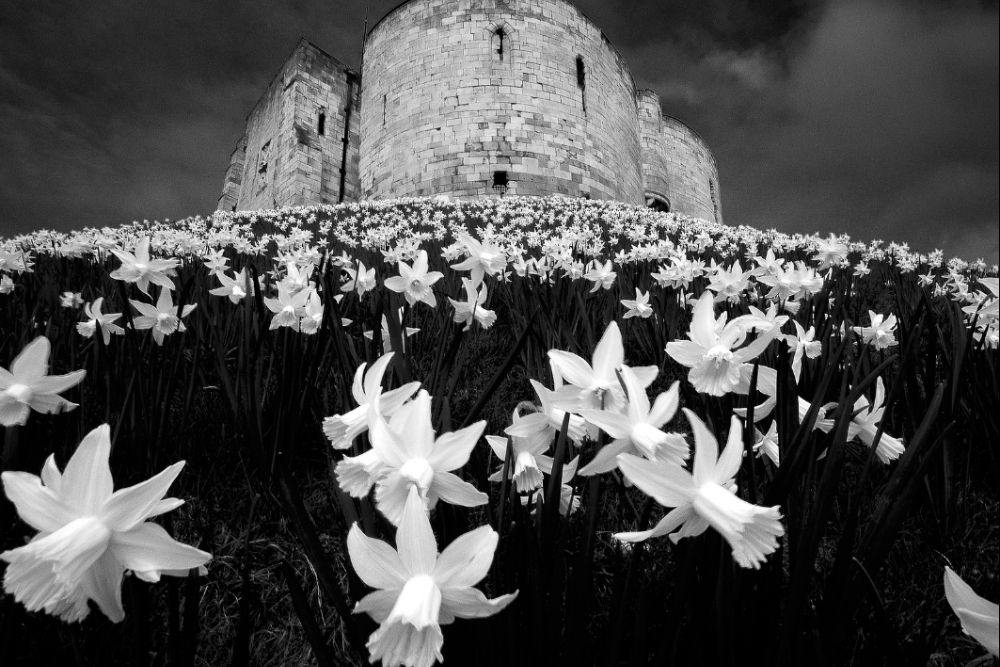
This imposing stone keep represents the most visible remnant of York Castle – built following William the Conqueror’s northern campaign to establish Norman authority in the region. The tower stands atop a high mound constructed by forced labor and hasn’t just witnessed history; it’s been central to numerous dark chapters in York’s past – including the tragic 1190 massacre of the city’s Jewish community.
Its distinctive quatrefoil design isn’t just architecturally interesting; it also provides visitors with panoramic views of the city that medieval watchmen would have surveyed daily.
Experience Jorvik Viking Centre
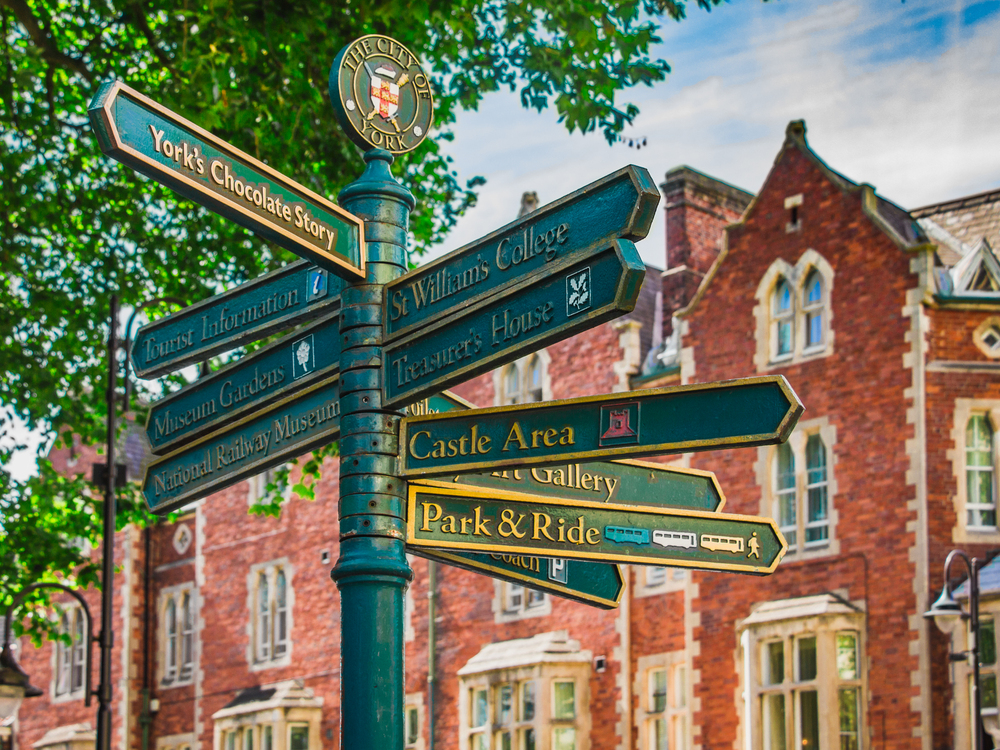
Though focused on the Viking era that preceded the High Middle Ages, the Jorvik Viking Centre provides crucial context for understanding medieval York – especially considering the lasting Norse influence on the city’s development. The city was known as Jorvik during the Viking occupation and hasn’t forgotten this heritage; this award-winning attraction recreates the sights, sounds, and even authentic smells of 10th-century street life.
Archaeological findings from the extensive Coppergate excavation don’t just inform the exhibits; they form the scientific basis for this immersive experience.
Like Travel Pug’s content? Follow us on MSN.
Visit St. Mary’s Abbey Ruins
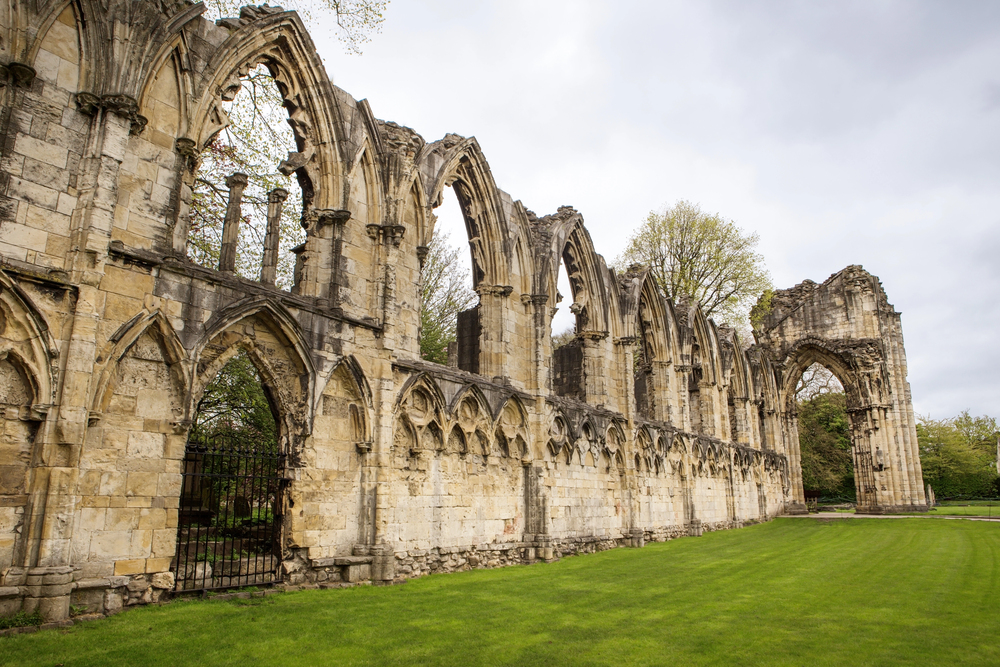
The haunting ruins of St. Mary’s Abbey stand as a testament to one of medieval England’s wealthiest Benedictine institutions. Though they’re now peaceful, these stones once housed a monastery that dominated both religious and economic life in northern England. Founded in 1088, the abbey hasn’t survived intact; it fell victim to Henry VIII’s Dissolution of the Monasteries in the 16th century.
The remaining stone walls and graceful archways in the Museum Gardens offer a contemplative space where visitors can’t help but imagine the monastic life that flourished here for over four centuries.
Attend Evensong at York Minster

Experience the medieval tradition of sung evening prayer that hasn’t been interrupted for centuries at York Minster – where the cathedral’s magnificent choir performs in the same wooden quire stalls medieval choristers once occupied. The polyphonic harmonies haven’t changed much either; they still reverberate through ancient stone chambers using musical forms that remain largely consistent with medieval liturgical practices.
While tourists flock to the cathedral during daylight hours, Evensong offers a less crowded, more authentic connection to the building’s spiritual purpose.
Sample Medieval Cuisine
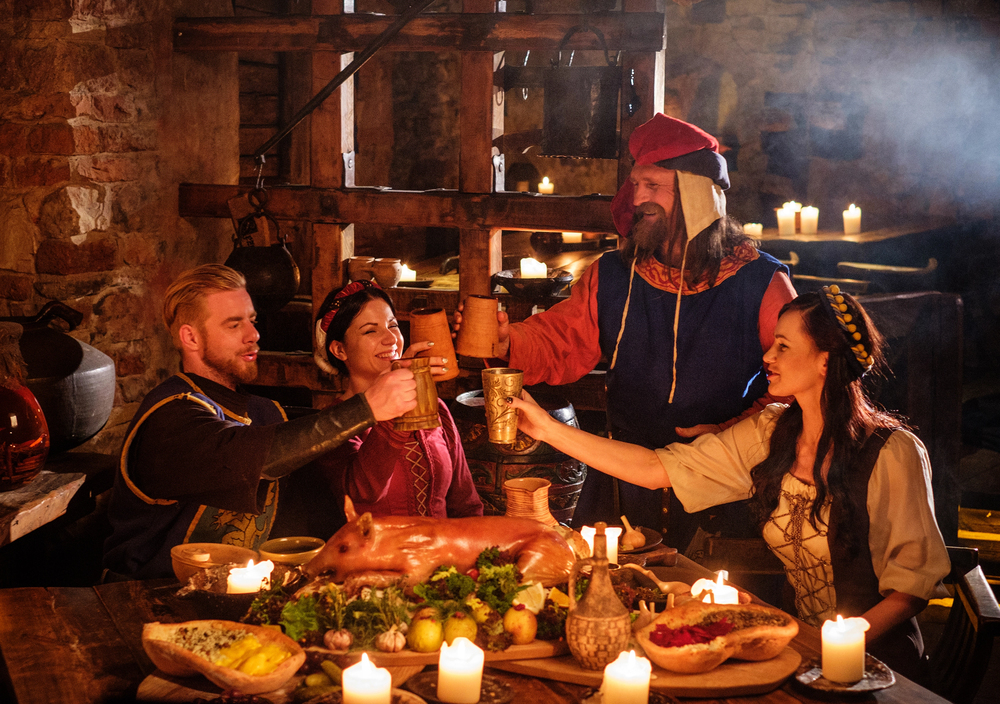
Several eateries in York serve food inspired by medieval culinary traditions. You won’t find modern international fusion here; instead, these establishments prepare dishes using ingredients and cooking methods documented in surviving medieval recipe collections.
Game meats, root vegetables, hearty spices, and grains form the backbone of these historical menus. Some venues even host periodic, themed feast nights where diners can’t use modern utensils while enjoying entertainment typical of medieval banquets – complete with period music and costumed servers.
Like Travel Pug’s content? Follow us on MSN.
Visit the Richard III Experience
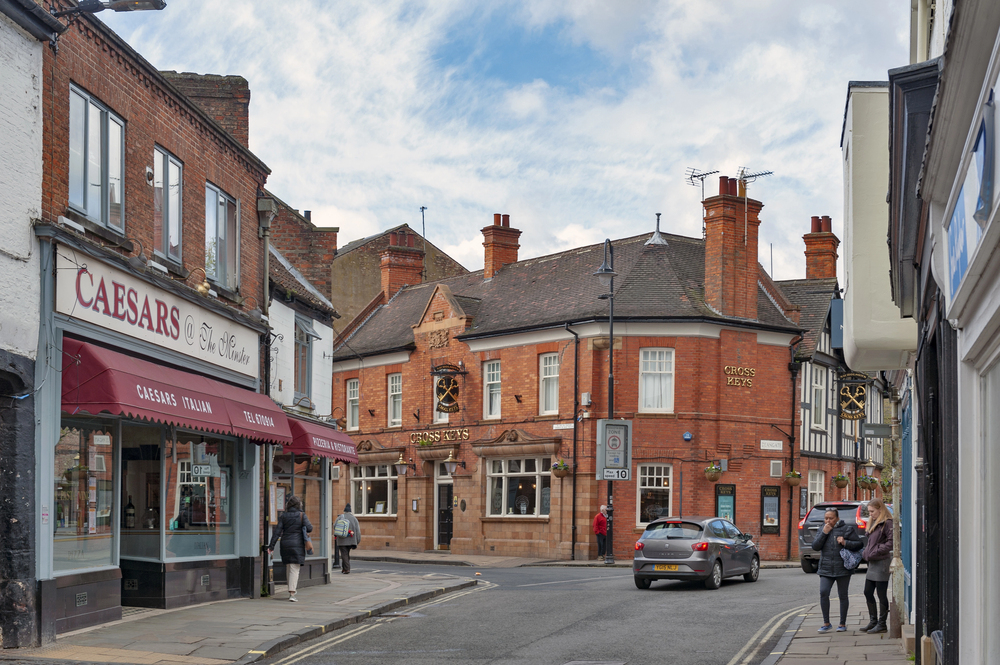
Housed in Monk Bar, one of York’s ancient gatehouses, this museum explores the controversial life and times of Richard III, the last Plantagenet king who maintained strong connections to York throughout his reign. The experience includes interactive displays alongside authentic artifacts recovered from late medieval archaeological contexts.
The gatehouse itself represents an excellent example of medieval defensive architecture with its still-functional portcullis and murder holes – defensive features that weren’t just decorative but designed for serious military functionality during siege warfare.
Discover Micklegate Bar Museum
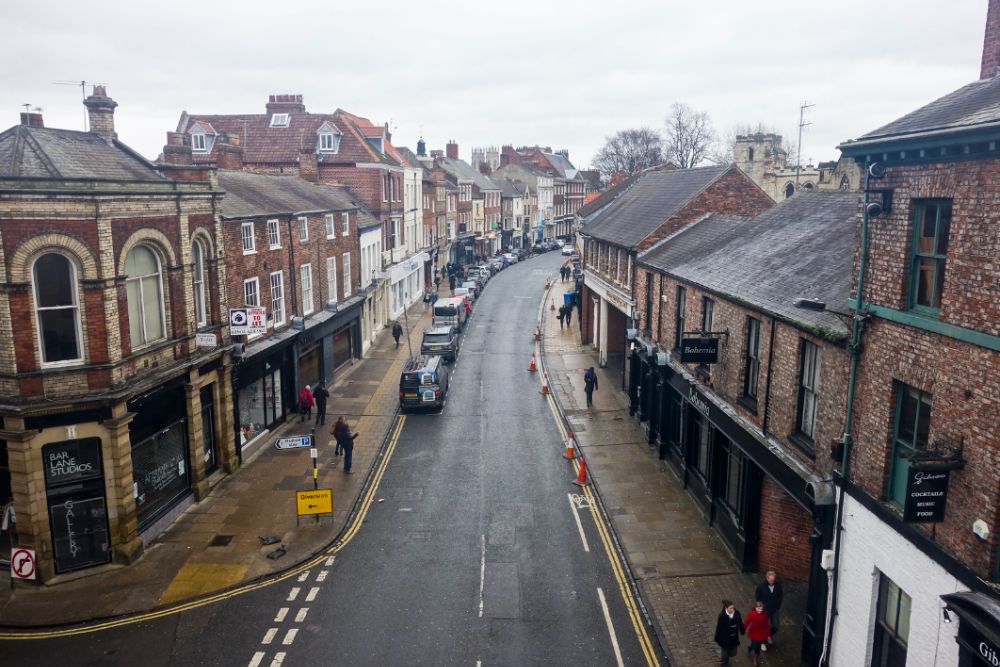
Micklegate Bar served as the traditional royal entrance to the city, where York officials would ceremonially receive monarchs before processing through the streets. This historic gatehouse now houses a museum detailing the complex history of the city walls and gates, featuring exhibits on medieval urban defense systems and the macabre practice of displaying executed traitors’ heads on spikes above the gate – a grim deterrent to potential rebels.
The building’s medieval military architecture remains remarkably intact, including arrow slits and defensive mechanisms that protected the city for centuries.
Attend the Medieval Festival
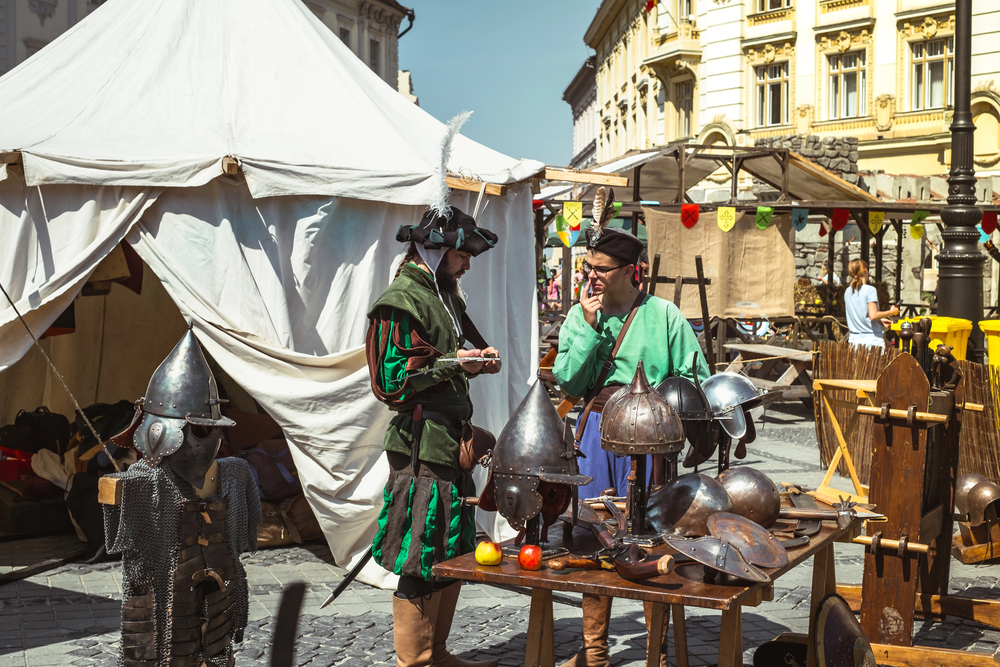
York’s annual Medieval Festival transforms the city into a living museum of Middle Ages culture, with costumed interpreters demonstrating authentic crafts alongside historical reenactments that bring the period vividly to life. Visitors can watch armored knights battle in tournaments following historical combat manuals, learn about medieval medical practices and warfare techniques, try their hand at traditional crafts using period tools, and experience the sensory environment that would have filled York’s streets centuries ago – from the smell of wood smoke to the sound of minstrels playing forgotten melodies on reconstructed instruments.
Like Travel Pug’s content? Follow us on MSN.
Visit Holy Trinity Church
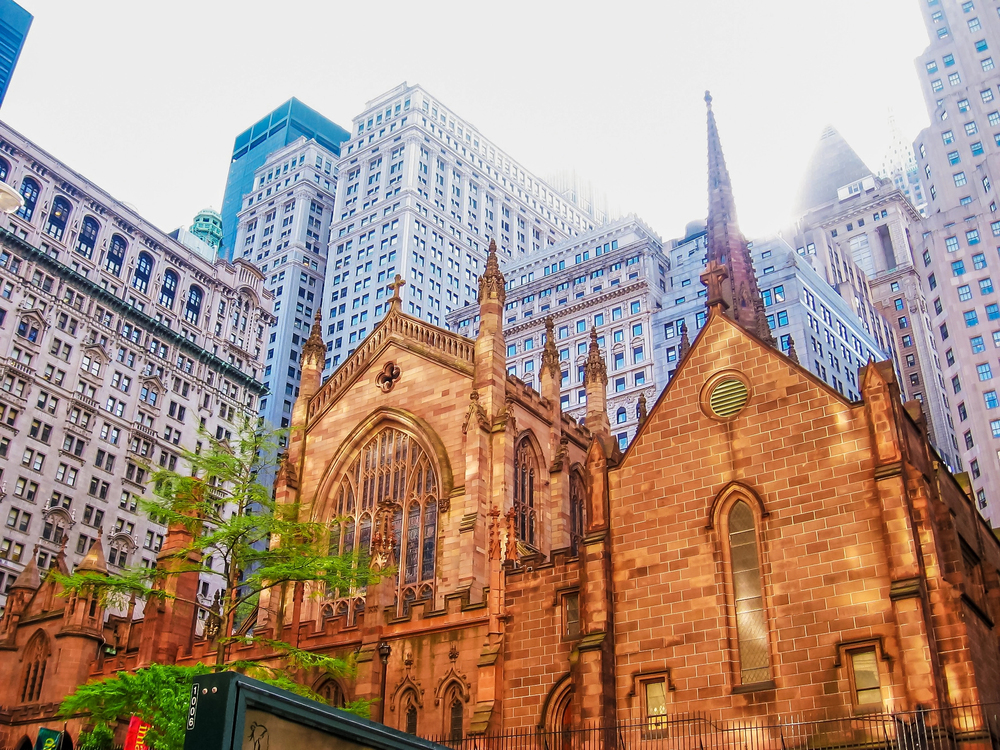
This hidden gem tucked away on Goodramgate offers an exceptionally well-preserved medieval parish church that has remained largely unchanged since the 15th century. The church features original box pews, medieval stained glass windows depicting saints and biblical scenes, and a rare architectural feature called a ‘squint’ – an angled opening in the wall that allowed lepers and other outsiders to witness Mass without entering the main congregation space.
The peaceful churchyard provides a tranquil escape from the modern city bustle, serving the same purpose of quiet contemplation it would have in medieval times.
Explore The Yorkshire Museum
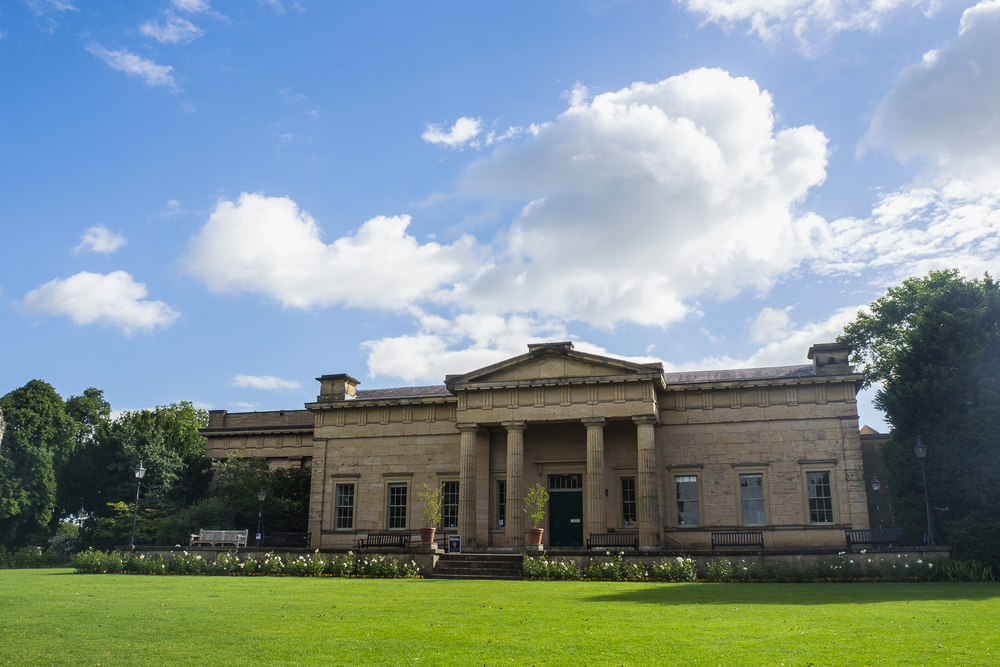
The Yorkshire Museum houses some of Britain’s finest medieval artifacts, including the York Helmet, the exquisite Middleham Jewel, and the Vale of York Viking Hoard that bridges the gap between Viking and medieval periods. Its medieval gallery showcases objects that illustrate daily life, religious practices, and artistic achievements during various phases of the Middle Ages.
The museum’s extensive collection of stone sculptures and architectural fragments recovered from York’s medieval buildings provides valuable insight into the city’s construction techniques, artistic styles, and decorative preferences throughout this fascinating period.
Take a Medieval Guided Tour
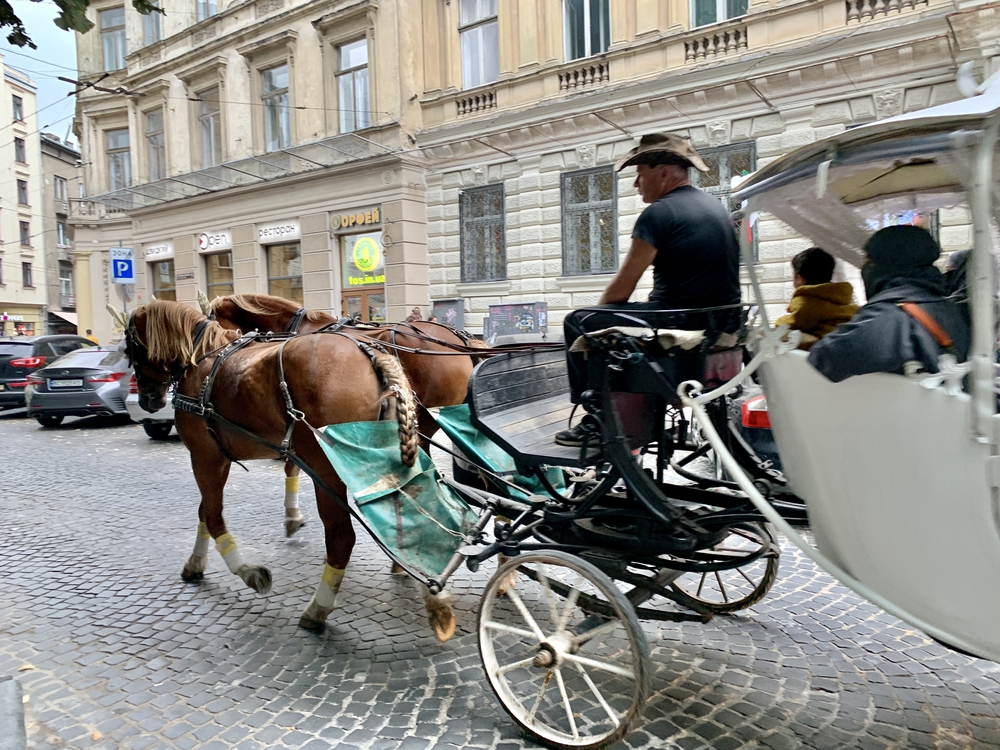
Specialized walking tours led by knowledgeable guides explore York’s medieval history beyond the main attractions, revealing hidden architectural details and recounting stories of ordinary citizens whose lives shaped the medieval city. These tours examine architectural features often overlooked by casual visitors, explaining their purpose and significance within medieval urban contexts.
Some tours focus on specific aspects of medieval life, such as trade guilds, religious practices, or crime and punishment – offering thematic approaches to understanding how medieval York functioned as a complex urban community with distinct social hierarchies and professional specializations.
Like Travel Pug’s content? Follow us on MSN.
Visit the Guildhalls
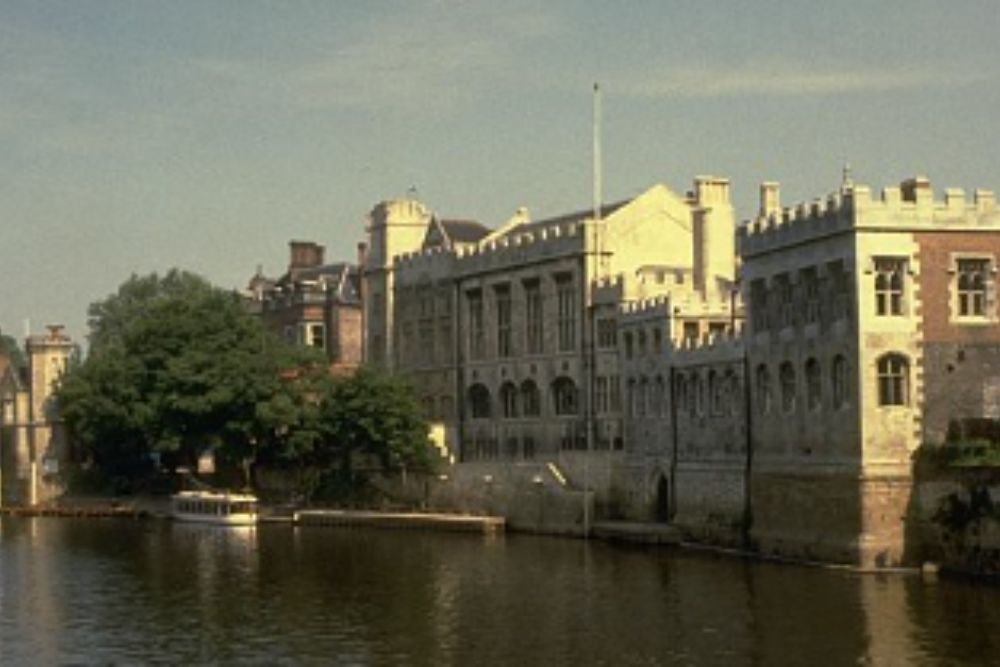
York’s medieval craft guilds constructed impressive halls to serve as meeting places and centers for trade regulation throughout the city. The Merchant Taylors’ Hall and Jacob’s Well offer visitors glimpses into the economic power and social influence wielded by these medieval trade organizations that controlled access to professions through strict apprenticeship systems.
These timber-framed structures feature remarkable medieval craftsmanship, including intricate wooden carvings and impressive hammer-beam roofs that demonstrate the superior engineering knowledge and artistic sensibilities of medieval master builders whose names have largely been lost to history.
Explore the Medieval Churches
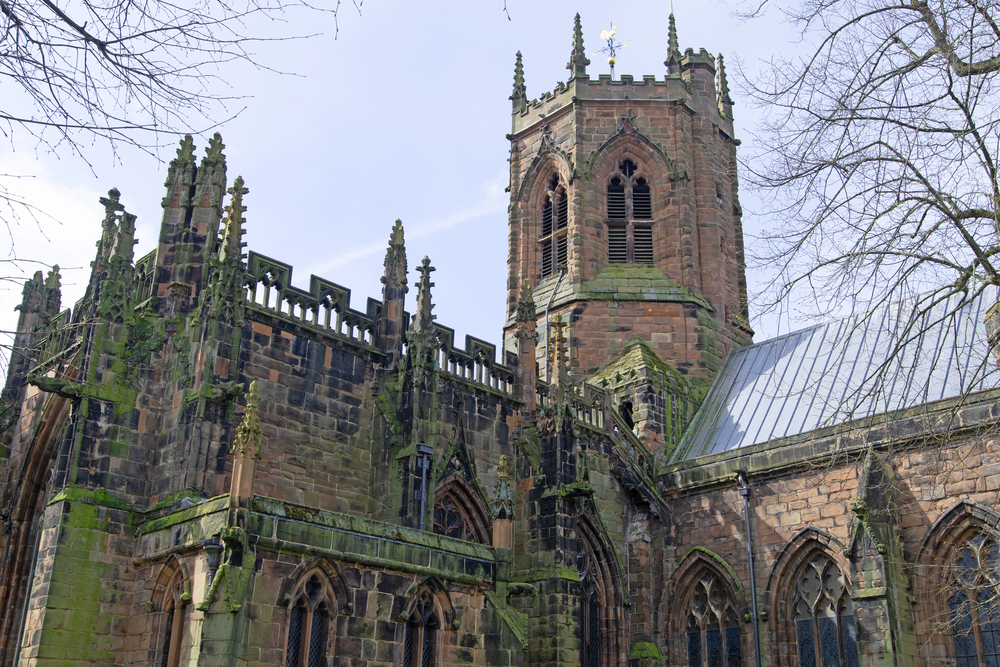
York contains numerous medieval parish churches, each with unique architectural features and histories reflecting their particular neighborhood communities. St. Margaret’s Church houses medieval glass depicting the life of its namesake saint. At the same time, All Saints North Street preserves some of England’s finest medieval stained glass windows showing biblical scenes interpreted through a distinctly medieval theological lens.
These neighborhood churches functioned as community centers in medieval York, hosting seasonal festivals, market activities, and civic gatherings that extended their purpose beyond purely religious functions into the practical fabric of everyday medieval urban life.
Visit the Bedern Hall
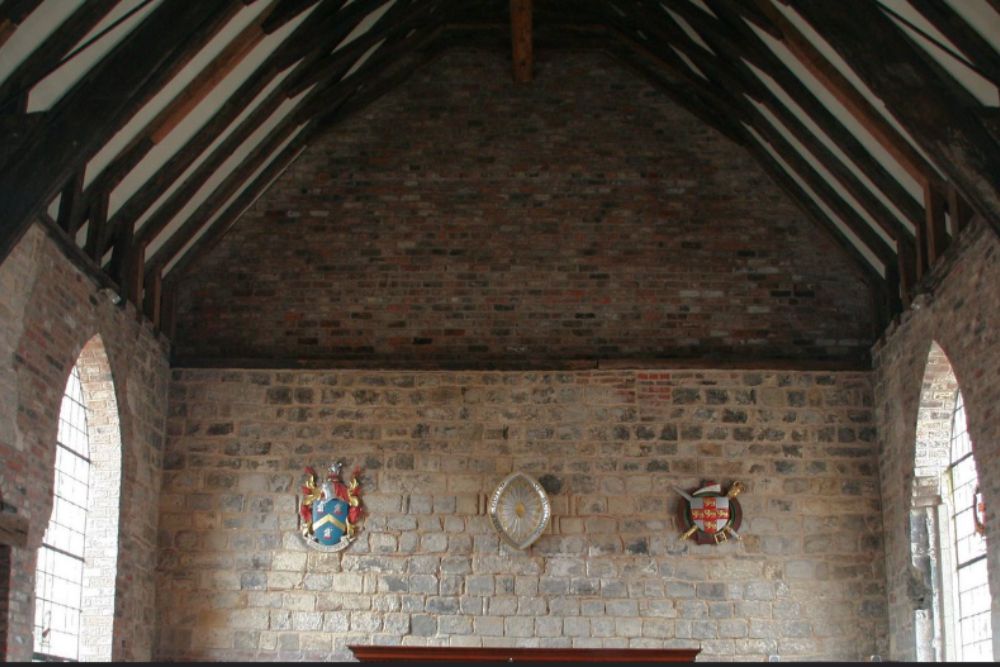
This restored medieval dining hall once served as the refectory for the Vicars Choral – the professional singing men who performed daily services at York Minster throughout the medieval period. Built in the 14th century, the hall offers visitors insight into the communal living arrangements of medieval church officials who occupied a special status between the regular clergy and ordinary townspeople.
The adjacent Bedern Chapel archaeological site provides further context for understanding religious institutional life in medieval York, revealing the physical infrastructure that supported the elaborate daily liturgical practices maintained by the cathedral throughout the Middle Ages.
Like Travel Pug’s content? Follow us on MSN.
The Enduring Medieval Spirit
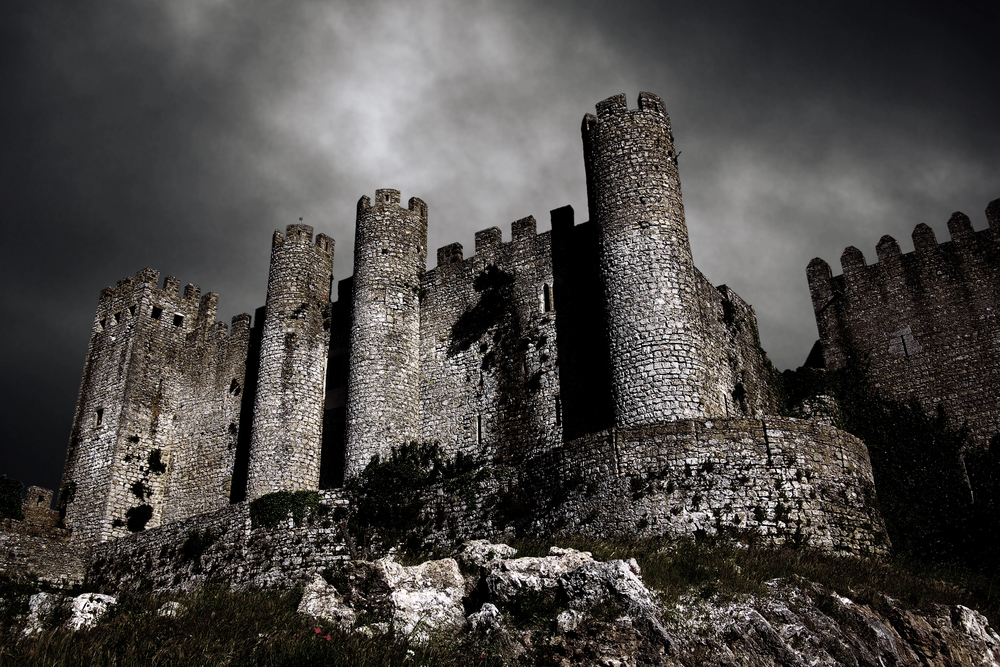
York’s medieval history continues not only in preserved buildings and museum artifacts but also in continuing traditions and community relations based on medieval social hierarchies. The city has retained its human-scale urban tissue, with neighborhoods still centered on parish churches and markets operating in locations determined by medieval commercial functions.
This connecting thread between past and present makes York’s medieval heritage especially accessible to modern visitors seeking an authentic historical experience. Unlike the reconstructed tourist traps, York offers real medieval neighborhoods in which the gap between modern life and medieval life sometimes seems to close entirely, offering tantalizing glimpses across the centuries.
More from Travel Pug

- 20 Destinations That Were Once Thriving but Are Now Quietly Disappearing
- 13 Destinations Where Tourists Regularly Regret Their Trip
- 20 Once-Popular Beach Towns That Are Now Ghostly Empty
- 10 Under-the-Radar Mountain Towns That Are Both Affordable and Beautiful
- Take a ‘Learning Vacation’ in These 20 Extraordinary Places
Like Travel Pug’s content? Follow us on MSN.
